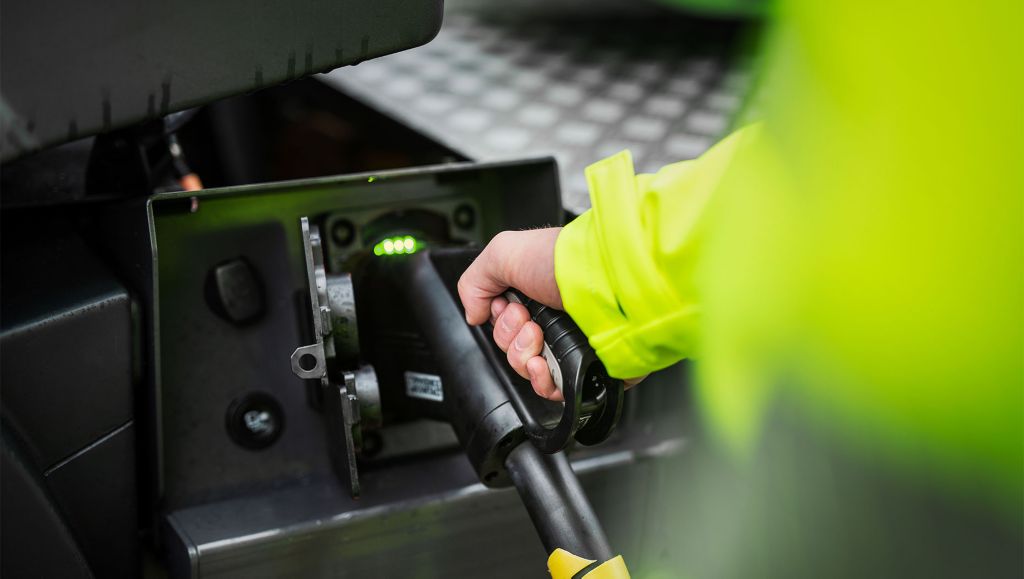Electric trucks open new opportunities for low noise and zero exhaust emissions. Good planning when it comes to routes, driving times and charging opportunities keep productivity high.

Knowing how much energy you need, as well as when and where you can recharge a vehicle are all important considerations when it comes to route planning. But with the right charging strategy, your electric vehicle can have the same productivity as a conventional truck.
Where can you charge an electric truck today?
Initially, most electric trucks will need to be charged overnight at their home depot. Using an AC On-board charger (43 kW) it will take around ten hours to charge the battery from empty to full. Using a DC charger (max 250 kW) this can be reduced to just two hours. If high power charging is used it will most likely be for short periods of time to ensure you get sufficient energy onboard to complete your transport assignment.
Therefore, the easiest routes to cover with an electric vehicle are those that do not require high energy demands or long distances.
“For example, if you are running refuse vehicles that only operate for a few hours a day at low speeds, then overnight charging is probably sufficient,” says Henrik Engdahl, Business Development Director, Volvo Trucks. “But if you’re in regional transportation, where you have longer distances to cover, then you may need to find charging opportunities along your route.”
For example, if a truck regularly commutes between two set depots within 300 km, a charging station at each should be enough to make 24/7 electric vehicle operation possible. A similar set-up is currently being trialled by DHL. Another option for increasing an electric truck’s range is to combine AD and DC charging. For example, by utilising AC charging overnight and DC charging in the middle of the day during the driver’s break, an electric truck could cover longer distances.
Larger charging networks mean more charging opportunities
Investment in public charging infrastructure – from both the public and private sector – is increasing CHARGING INFRASTRUCTURE. In the coming years, we will see more charging stations made available to truck drivers. We will also see more chargers installed in areas where trucks are often stationary – for example, loading bays and truck stops. In July 2021, the Volvo Group announced its intention to be part of a joint venture, which aims to install and operate at least 1700 charging points within five years.
“Top-up charging is a great solution for extending an electric truck’s range where the vehicle needs to stop anyway – for loading, unloading, driver rests and so on – since you’re not compromising productivity or uptime,” says Henrik.
In the coming years, as the technology continues to improve to allow for faster charging and charging stations become more common, incorporating charging opportunities in route planning will become easier.
Original Source: https://www.volvotrucks.com/en-en/news-stories/insights/articles/2021/nov/How-a-good-charging-strategy-can-extend-an-electric-trucks-range.html

